I finally got into building the spin coater for the project, however, even I was surprised about the way things went.
All I knew is that I wanted a small spin coater, something that could do chip sized things and maybe something a little bigger, but nothing more.
I started with a powerful 40*40mm brushless fan from Delta I had around. It has ball bearings for smooth operation and also it's directly PWM controllable and has smooth start built in. (more about that later)
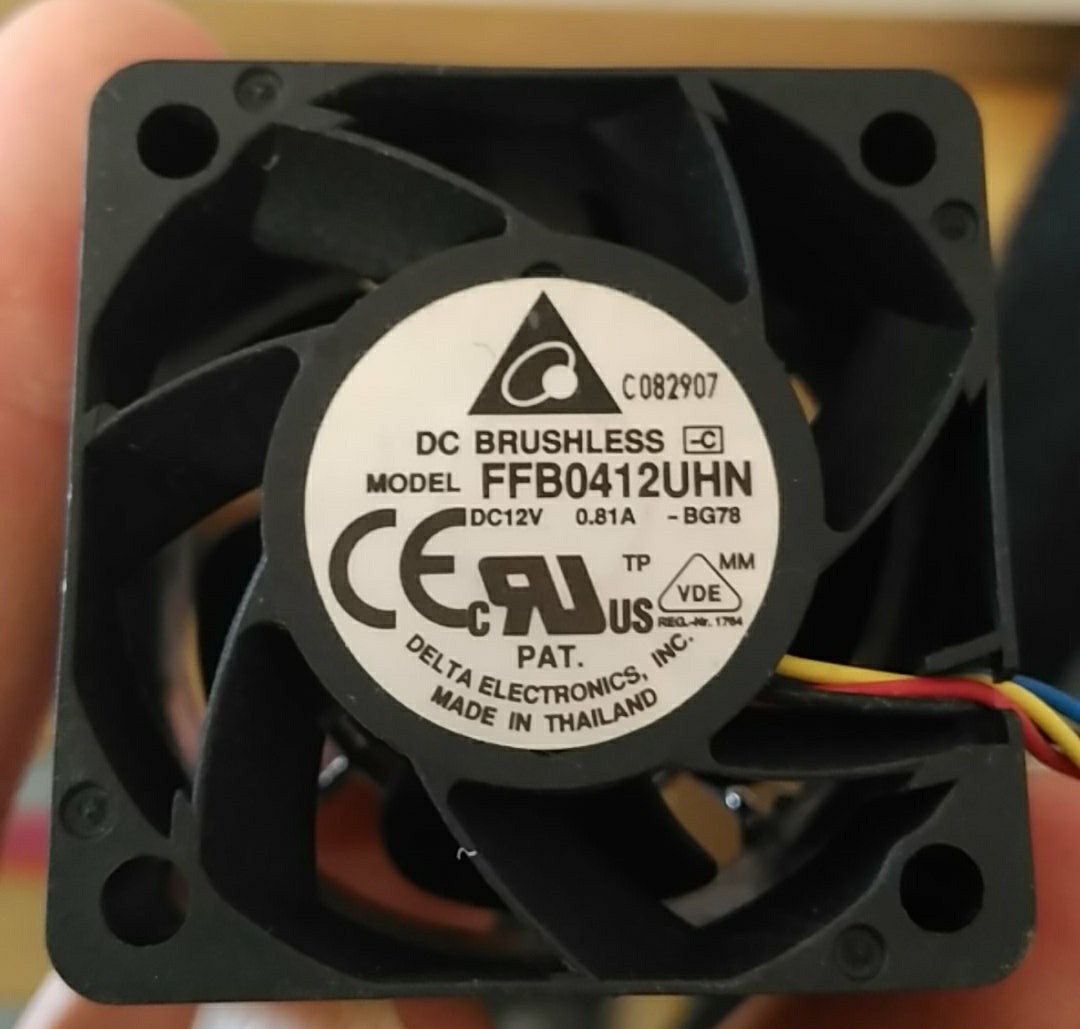
The fins where removed to reduce current consumption:

With that, I picked up a simple lcd pwm controller from ebay and hooked it up:
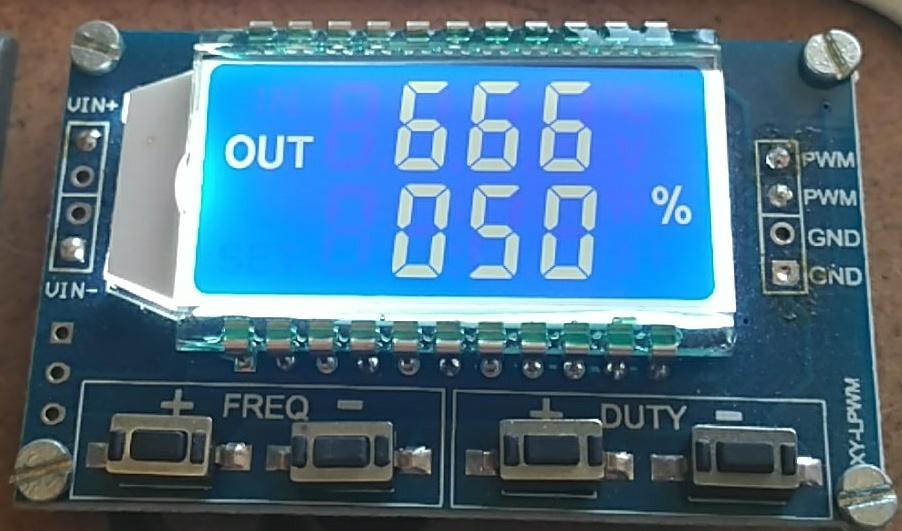
It worked well enough, so I faced the rotor in the lathe.

Using double sided tape, I tested a mix of PMMA and acetone:
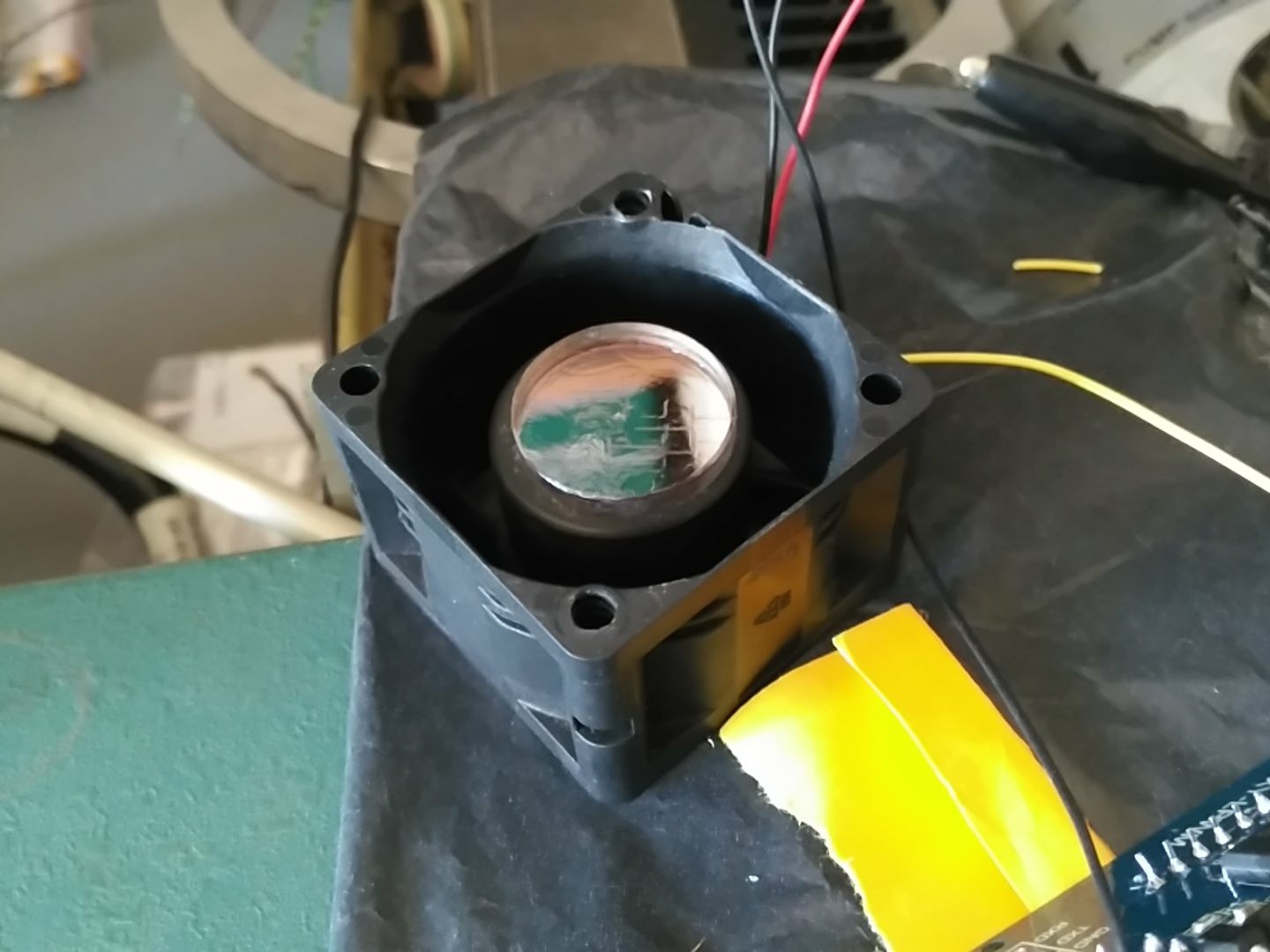
It worked well enough, so I quickly cut an acrylic panel and bolted everything together:

This is a bad moment to discover that you have absolutely ZERO panel pushbuttons and you have to leave the start button dangling underneath:

Quick test with double sided tape:
After 25 minutes in the oven @ 150ºC it looked nice. Since I'm using acetone as solvent, it evaporates too quickly, leaving the white marks. With proper technique an better solvents, it should work fine.

Given the results, I was going to leave it at that, but the project had other ideas.
Make it better because your workshop says so.
I happened to have some capillary tubes I ordered for the manipulator, but two of them where iron, not stainless. It also happened that one of them had the right diameter (3mm) totally interchangeable with the motor axle!
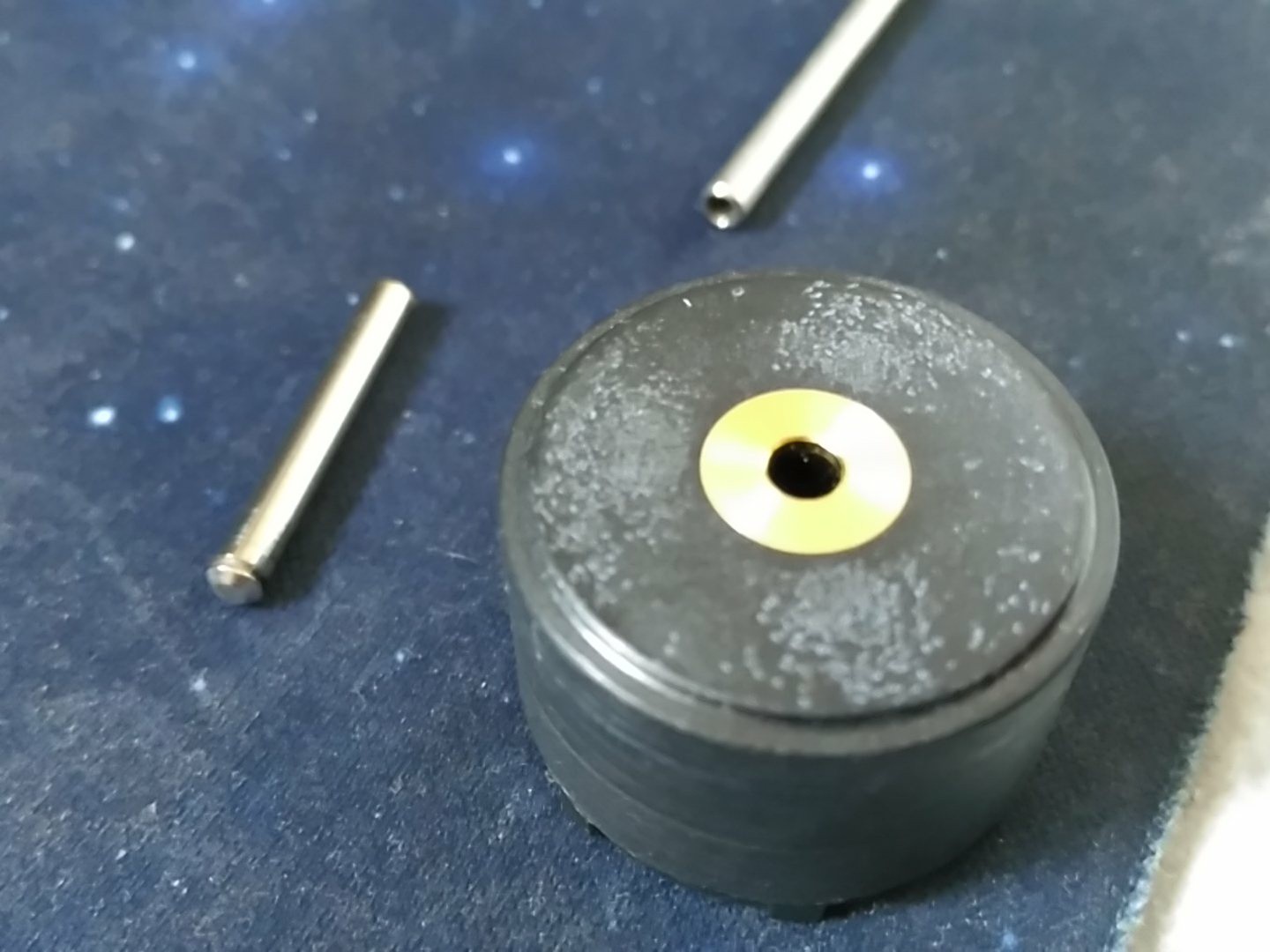
I just needed a vacuum pump, but it was going to be either very expensive, or take waaay too long to get here from china.
I also happen to NOT know very well what my "junk" drawers hold. This time, the pneumatics section did had a 24V vacuum pump ideal for the project!

So, I pretty much was good to go and try the vacuum chuck thingy.
The axle was changed by simply hammering it in, no need to remachine anything.

...and extended.
I left it longer than the original to try to protect the ball bearing from any coating that could seep in.

A vacuum tube adapter was machined from scrap aluminium:
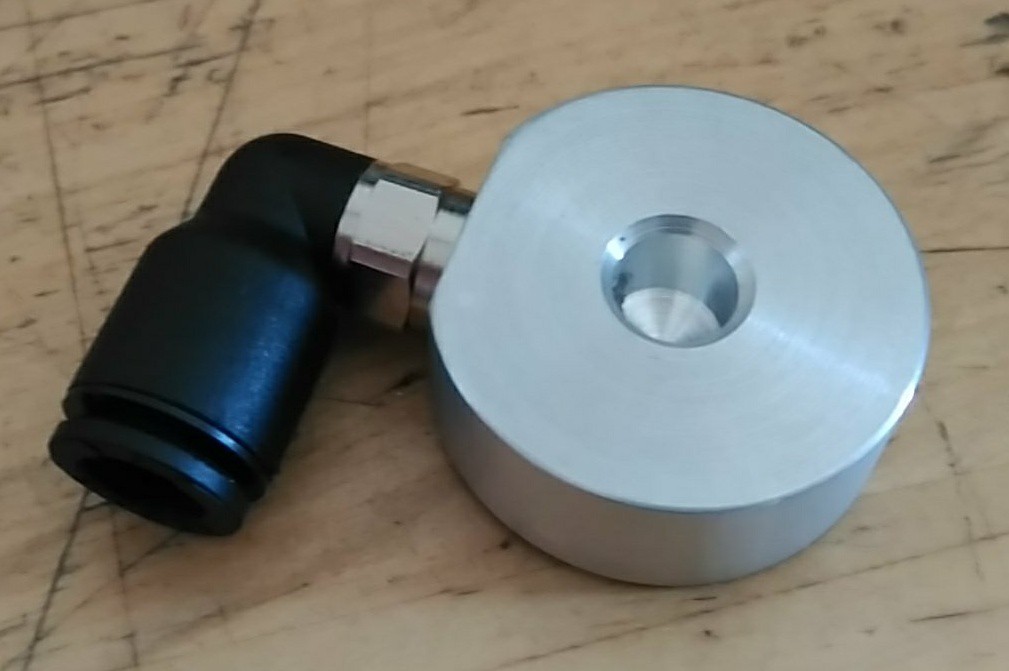
I used double sided tape to hold it in place and test, using an o-ring and some cardboard as spacers so it could not vibrate loose:
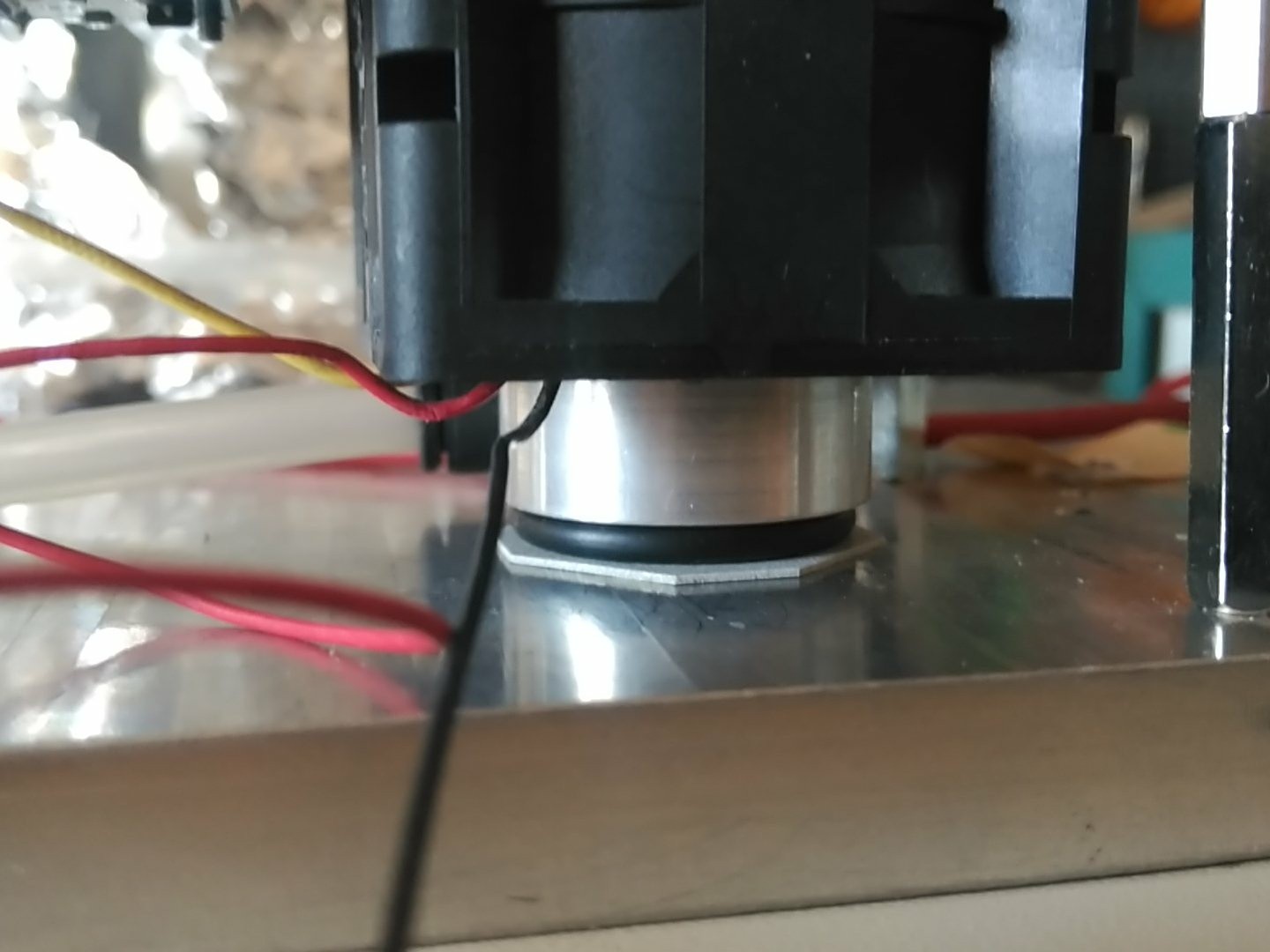
And some grooves where machined to hold two standard 10 and 16mm OD o-rings:

But...does it work?
Hell yeah it does!
(5550 rpm)
It also works well with odd shaped glass:
But does the vacuum chuck make any difference, or is it working by sheer chance? Let's choke the vacuum line and see:
As for power, I had lying around a 24V 1A switching power supply:
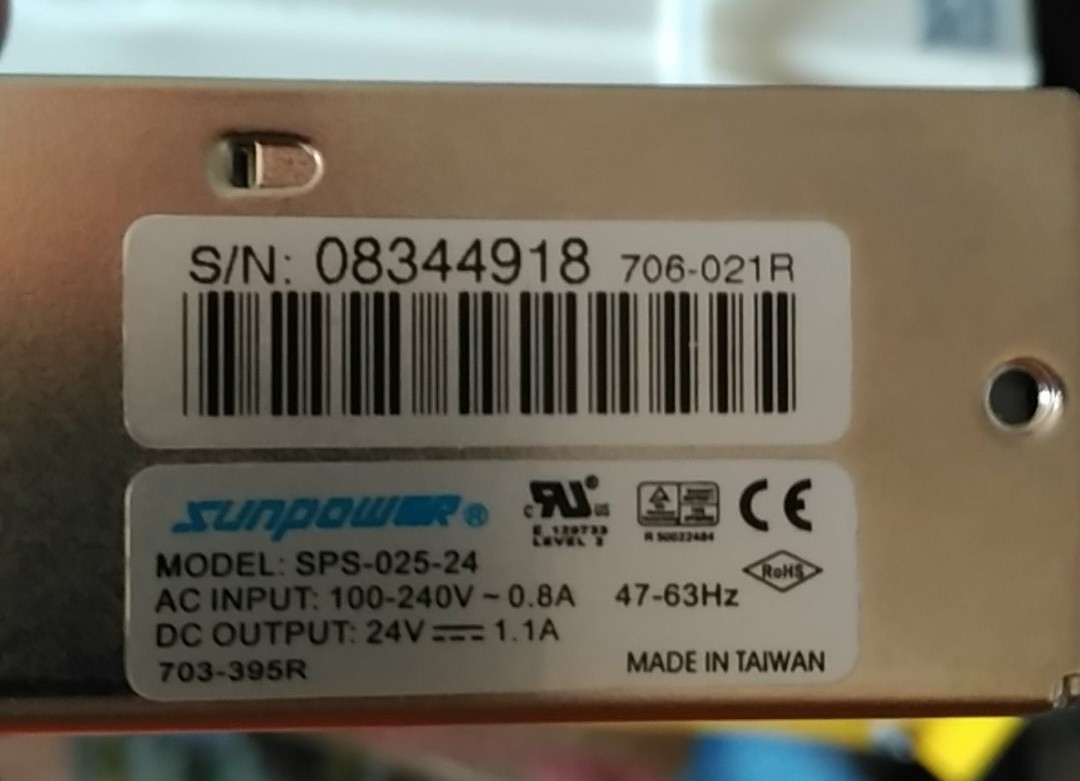
Initially I was also looking for a 12V power supply for the spin motor, but a quick measurement of the consumptions later:
(choked vacuum pump)
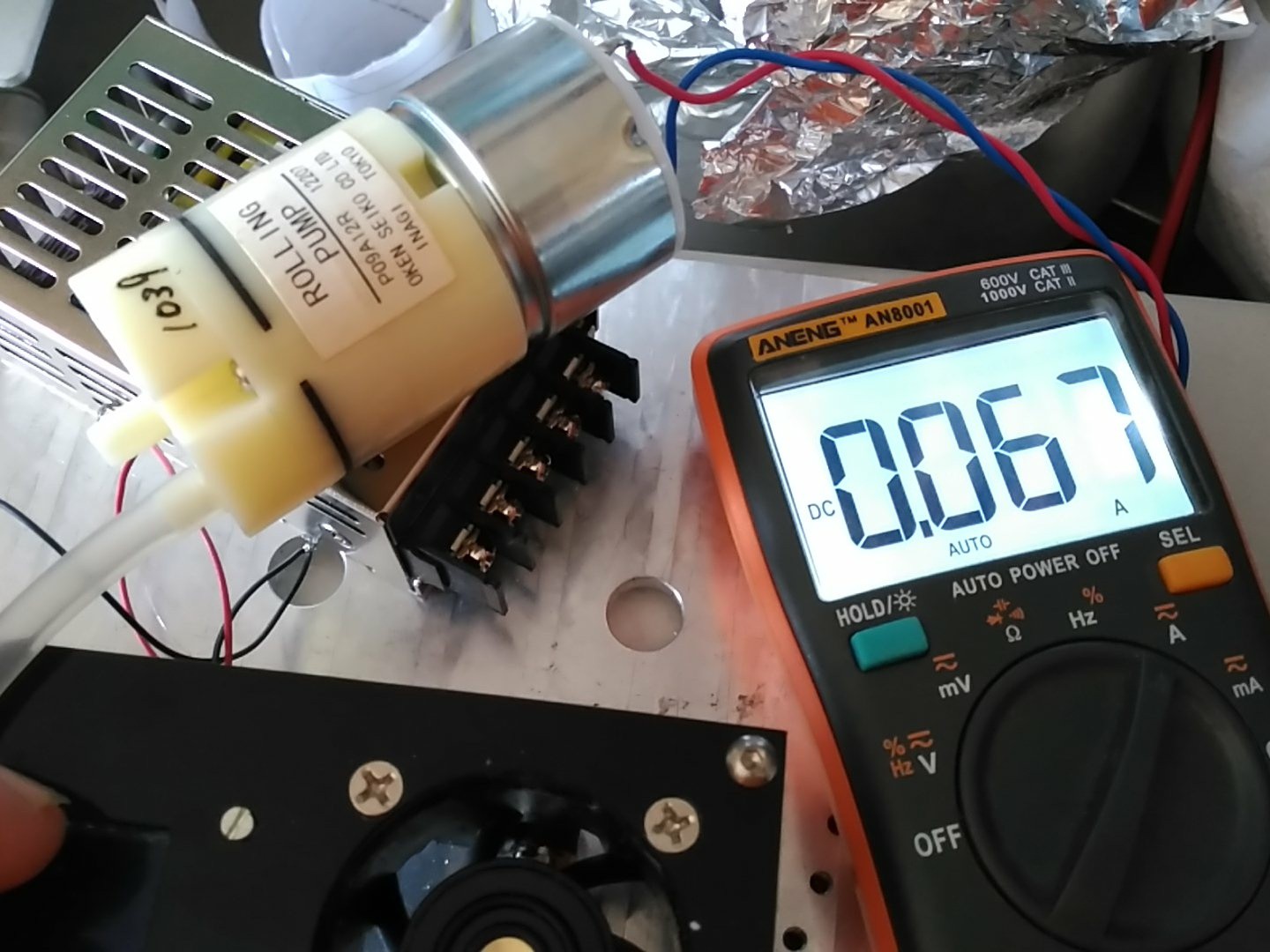
(spin motor with chuck ON)
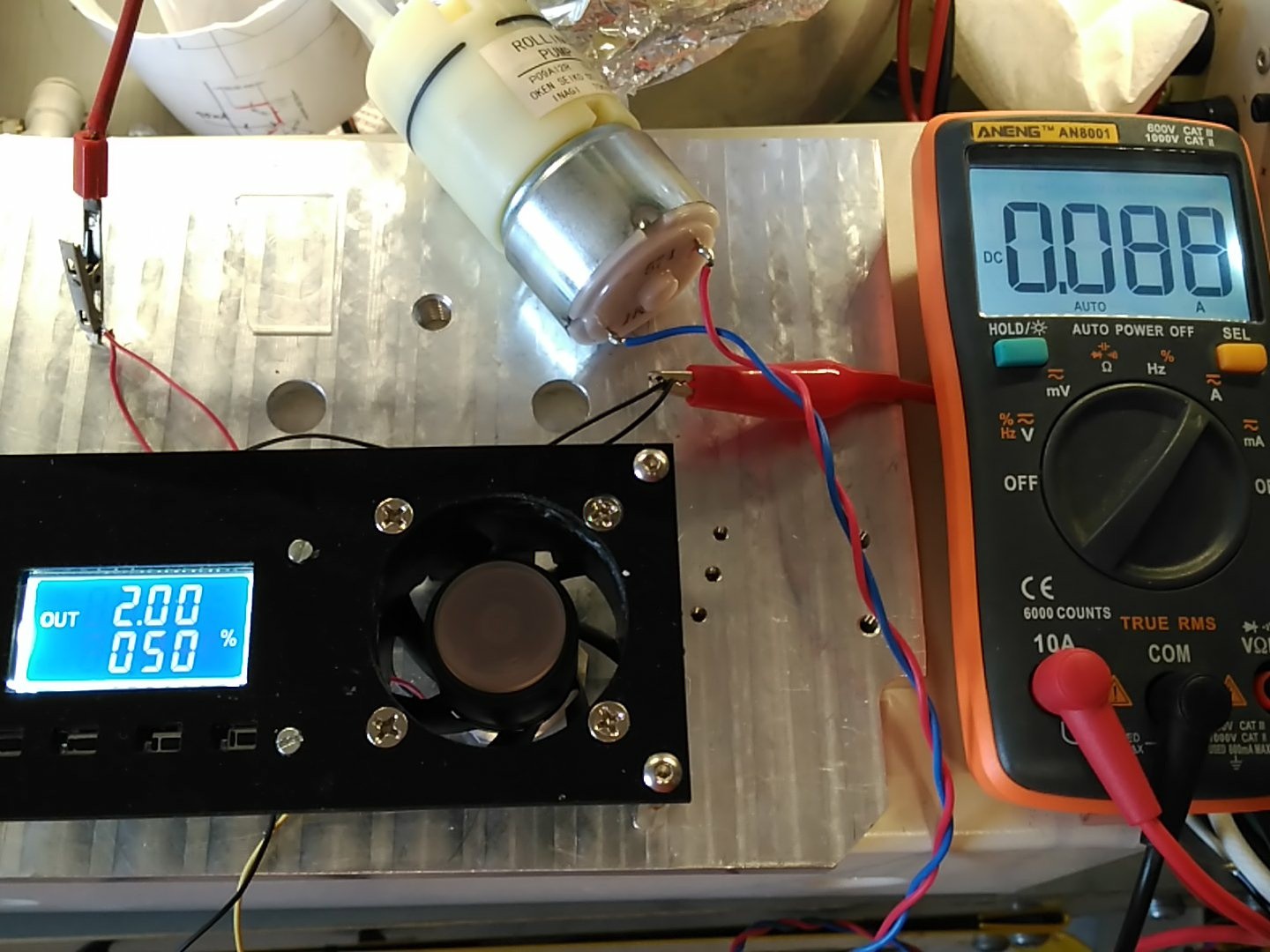
With those kinds of powers, I can just simply throw a 7812, heatsinked for the lulz, and call it a day. Also remember that the smooth start prevents the spin motor from drawing lots of current, killing two birds with one stone.
As final note, let's talk about speeds.
This motor is not a normal computer fan. This is a high power, 18500 rpm nominal, 800mA brushless motor. Usually, the final RPM's @ 100% power depend on the density of the air and many other variables, so using it without modifications would require direct measurement and/or characterization.
HOWEVER...
Since all the fins have been removed, all the power goes to only mantain the speed, as there is almost no drag (compared to the fan sucking air) so we can be pretty sure that 50% speed will be very near half rpm's and any other divisions we can come up with.
On the funy side, the chuck can't hold anything that is not super centered past 50% rpms. That sounds bad, right?
Well, 50% is 9250rpm, much, much faster tan any spin-on coat I have heard of. The highest I have ever heard is 7000rpm for super fine coatings (nm) and this coater will do tat at 38%. So, unless I need something really, REALLY weird, I think I'm good.
Of course, a comercial machine has controlled spin-up curves and timings and so on, but frankly, this one can be built for next to nothing (maybe 25€ in important parts), the motor itself has smooth start built in (so it doesn't just smear the liquid with brutal acceleration) and it has a friggi'n VACUUM CHUCK, you can't ask for a better cost/performance ratio, seriously.
Metal case building for the spincoater!
https://hackaday.io/project/107598-semiconductors-home/log/150537-case-closed-spincoater-ii
 Nixie
Nixie
Discussions
Become a Hackaday.io Member
Create an account to leave a comment. Already have an account? Log In.
can u plz show me the circuit and components that u used here?
Trying to make a spin coating
Are you sure? yes | no